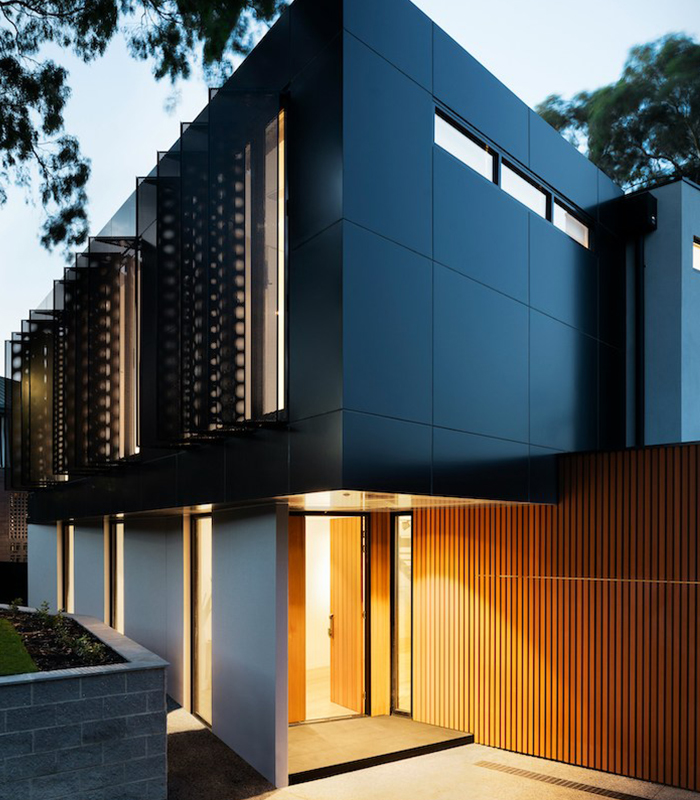Published today (Thursday 1 February 2024), the Smart Building Overlay to RIBA’s Plan of Work has been written and produced to help architects at an exciting moment in design history.
In this sector, technology brings together myriad building-wide systems (lighting, alarms and security, for example) managed within a single network. This tech can increase safety, and energy efficiency, and improve building performance. It also provides opportunities for managing and maintaining buildings effectively.
There’s no doubt that smarter buildings are not only here but already being used, and the enabling tech is developing quickly. So much so that the authors behind the overlay warn that for extended design and construction programmes for a major project, technology specified at project conception might have been superseded by the time it comes to be installed.
Overlay co-author John Adams, Head of Product at digital information management specialist Glider Technology, explains that to mitigate rapidly changing tech and enhance its myriad benefits and uses, discussion, planning and implementation at early work stages are essential.

What does the overlay set out to achieve?
The Smart Building Overlay sets out a roadmap for coordinating smart building systems at every work stage to avoid interoperability and compatibility issues among standalone systems and allow integrated User Interface Platforms.
It suggests specialists become engaged in the design process as early as possible, and stresses the importance of discussions with key project stakeholders from project inception and through all work stages. This is both to open their eyes to the available systems and to get clarity on what systems they actually want to use.
This latest overlay is a free resource that has been developed for the Royal Institute of British Architects by ScanTech Digital, Glider Technology, Kier and Hoare Lea to support anyone involved in the design of new-build, retrofit or refurbishment projects to implement smart building technology.
“The key question is: ‘how smart do you want your building to be?’ Specification should be driven by users, and the overlay will prompt everyone to reach decisions at the right time,” says ScanTech Digital’s Matthew Bott.
“We are also hoping that the overlay will push the doors open so that people can see how much can be achieved with smart technology.”
How does smart building technology affect architects?
During Stage 1, the overlay recommends the setting up of a Smart Building User Group, with representatives from the occupants who will interact with systems and technologies, to ensure their voices are heard in the briefing and visioning process.
As early as possible in Stage 2, an outline list of prioritised smart building uses and users should be prepared alongside a high level Smart Building Strategy.
As truly smart buildings become normalised, the technologies will increasingly affect projects at a more strategic level, Matthew argues. For example, if smart technologies are being used to manage building occupancy more efficiently – tracking users, reducing the number of meeting rooms that are needed, reducing desk space – it can help to reduce the size of a planned new building.
With the help of smart tech, projects might also be able to achieve everything they need to with a refurb instead of a new building, because the available space will be better and more efficiently managed.
As systems such as zone-based temperature and lighting control and access/tracking solutions become reliant on sensor-collected data, rather than physical devices like thermostats and keys, building users will come to rely more on the smart aspects of their buildings and the analysis of the data. This will impact the way designers approach the spatial and services design of a building.
Analysing building usage data and combining this with plant and equipment tuning can significantly reduce energy consumption, allowing new typologies in plant and distribution design that require less floor space and capacity.
All of the technologies suggested as options to be considered in the overlay already exist, John says, though some systems are more mature than others. Many of the building management systems using connectivity are actually regarded as quite mature already.
Matthew foresees what he calls “a kind of nirvana for building services” in the not-too-distant horizon, where there will be an intelligence operating the building that not only analyses and reacts to current data but anticipates what’s coming.

Can smart building tech apply to domestic projects?
Smart building technologies have been generally associated with sectors such as commercial offices, healthcare and higher education. But at the domestic level, smart building technology is being used to remotely or automatically manage heating, lighting, security, appliances, electric vehicle charging and air quality.
Matthew says the key question for the domestic client at the outset remains the same: how smart do you want your home to be? He predicts that for house builders the direction of travel is clear.
“Even at the lower end of the market, you would not want to be the last house builder to adopt these technologies,” he states. “If a customer is looking at two houses and one has smart heating and smart lighting, and the other doesn’t, it will affect their choice.”
Both Matthew and John predict that the technologies being used in state-of-the-art commercial buildings today will trickle down to domestic projects and become ubiquitous.
The lesson is that even small practices will have to keep an eye on today’s state-of-the-art smart buildings.
Download RIBA’s Smart Building Overlay.
Thanks to John Adams, Head of Product, Glider Technology; Matthew Bott, Managing Director, ScanTech Digital.
Text by Neal Morris. This is a Professional Feature edited by the RIBA Practice team. Send us your feedback and ideas.
RIBA Core Curriculum topic: Design, construction and technology.
As part of the flexible RIBA CPD programme, professional features count as microlearning. See further information on the updated RIBA CPD core curriculum and on fulfilling your CPD requirements as a RIBA Chartered Member.









